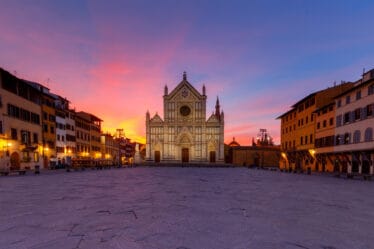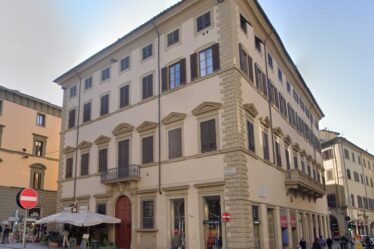

Francesco Ferrucci (1489–1530) was a celebrated Florentine captain and military hero, best known for his courageous resistance during the Italian Wars and his role in the Siege of Florence. Ferrucci remains a significant figure in Florence’s history for his devotion to the city during its struggle for independence against the forces of the Holy Roman Empire and Spain, who sought to reimpose Medici rule.
Early Life and Military Career
Francesco Ferrucci was born in Florence and grew up during a turbulent period when various Italian city-states were caught in the power struggles between major European powers. As a young man, Ferrucci entered military service and gained a reputation for his skill and leadership, quickly rising through the ranks.
The Siege of Florence (1529–1530)
Ferrucci’s most famous contribution came during the Siege of Florence in 1529-1530, when the city attempted to maintain its independence from the Medici, who had enlisted the support of the Holy Roman Emperor Charles V. Ferrucci was appointed captain-general and tasked with defending Florence from the imperial forces that encircled the city.
In one of the most dramatic episodes of the siege, Ferrucci led a bold expedition through central Italy, gathering supplies and additional troops to relieve Florence. Although ultimately outnumbered, Ferrucci was determined to fight to the last.
The Battle of Gavinana and Ferrucci’s Death
Ferrucci’s final stand took place at the Battle of Gavinana on August 3, 1530. Though initially successful in pushing back imperial forces, Ferrucci’s troops were soon overwhelmed. It was here that he faced Fabrizio Maramaldo, an infamous mercenary captain on the imperial side. Maramaldo, known for his cruelty, captured Ferrucci after he was injured and, according to legend, killed him in cold blood. Ferrucci’s last words, “Vile, tu uccidi un uomo morto” (“Coward, you kill a dead man”), remain legendary in Italian history, symbolizing resilience and loyalty.
Legacy of Francesco Ferrucci
Ferrucci’s sacrifice became a symbol of Florentine patriotism and resistance against oppression. In later centuries, his legacy inspired Italian nationalists during the Risorgimento, the movement for Italian unification. Today, Ferrucci is commemorated through various monuments, street names, and historical works in Florence, including a statue at Gavinana. His name is associated with bravery, loyalty, and Florence’s enduring spirit of independence.
Ferrucci’s story captures a crucial moment in Florence’s history, marking the end of the Republic’s independence before the Medici’s restoration and Florence’s integration into the Grand Duchy of Tuscany.
If you want know more about original stories about Florence and its people, come with us, we are official tour guide that are running a Florence Free walking tour.



